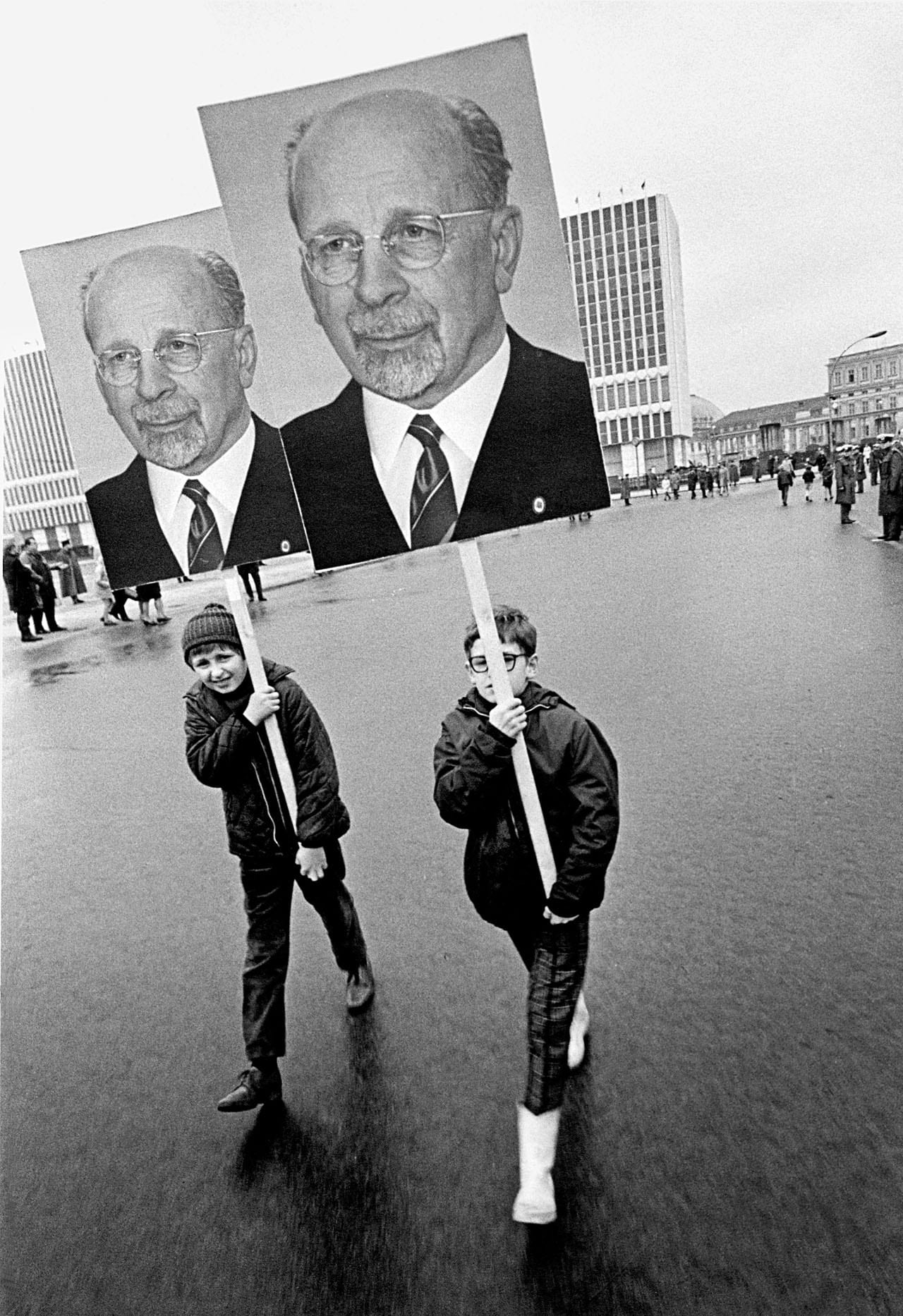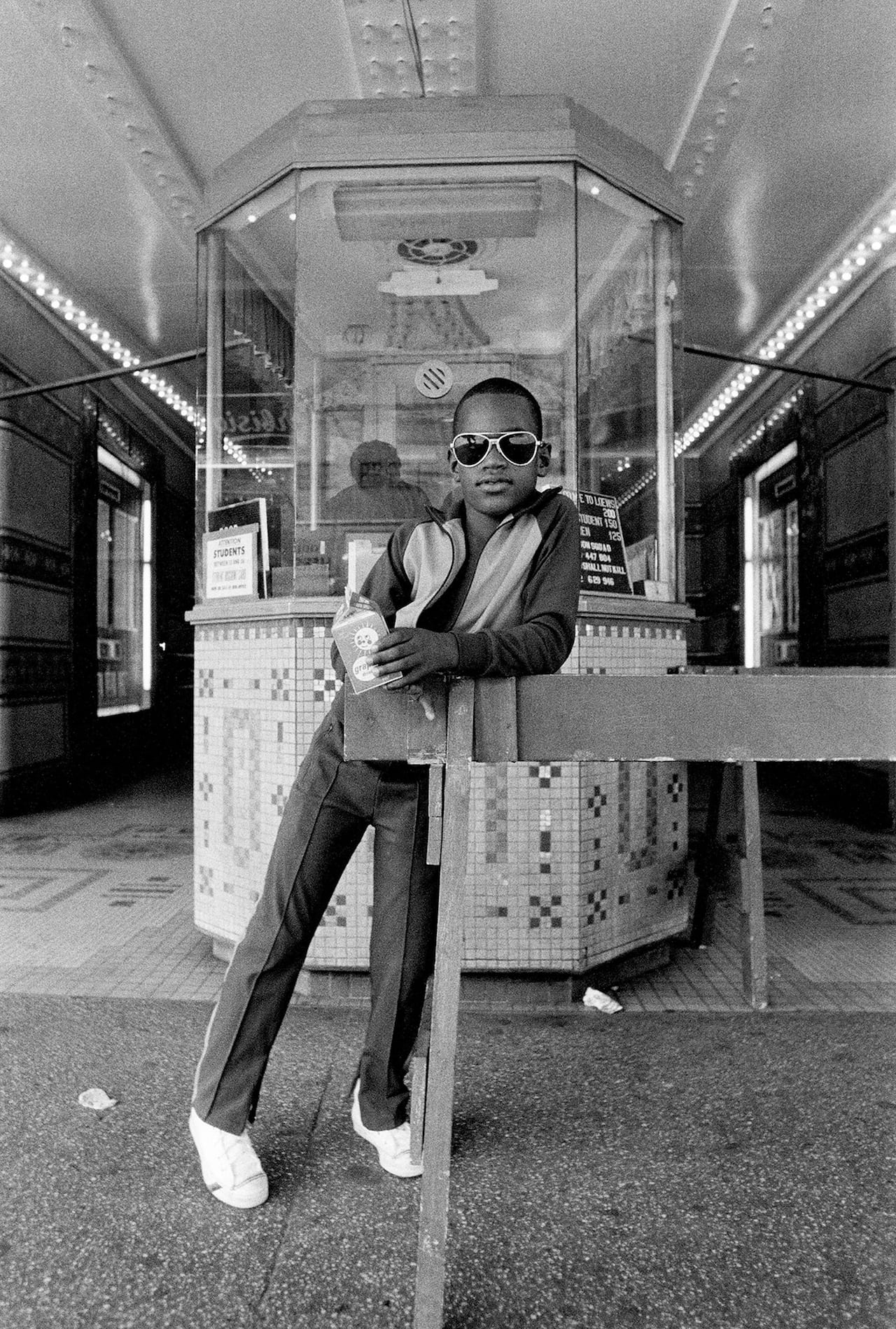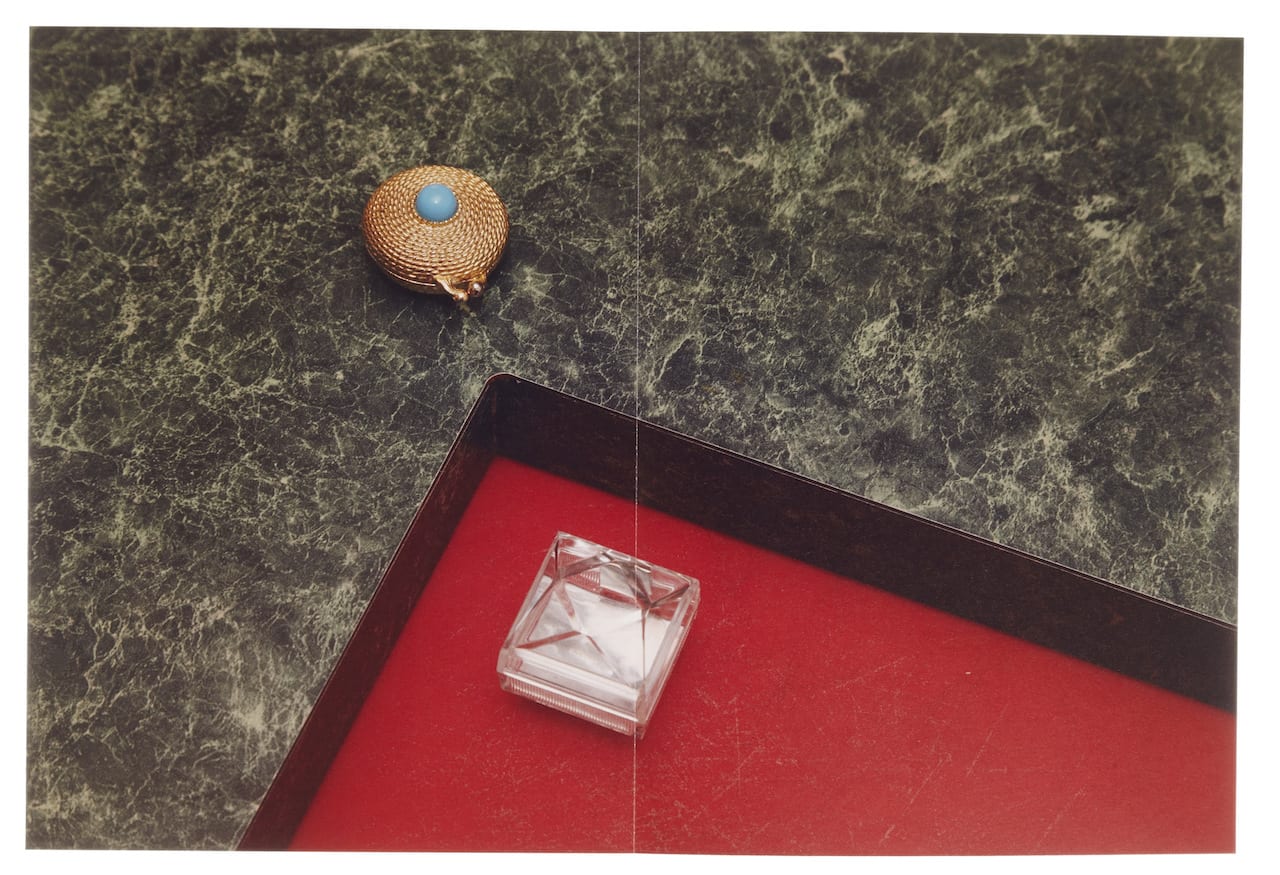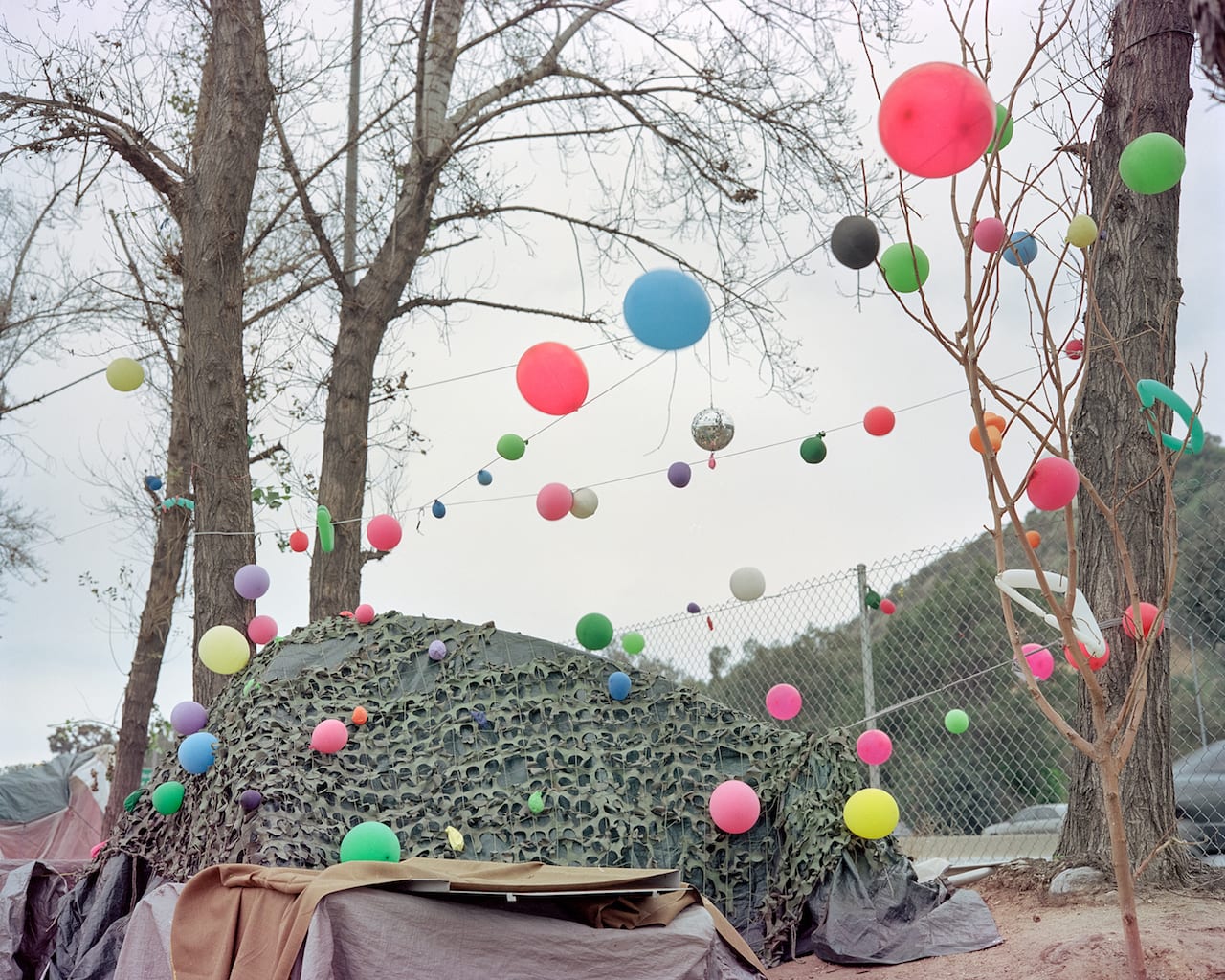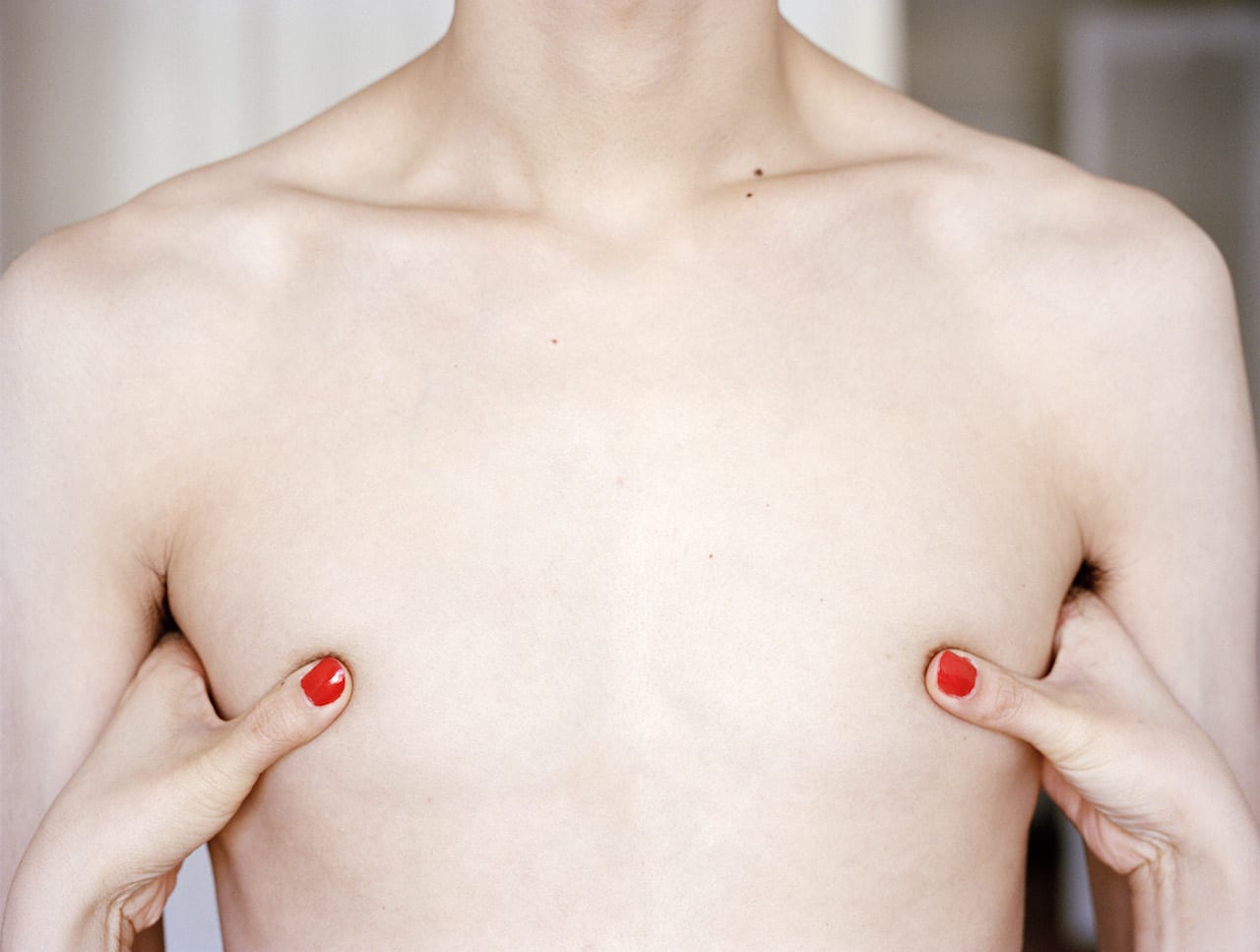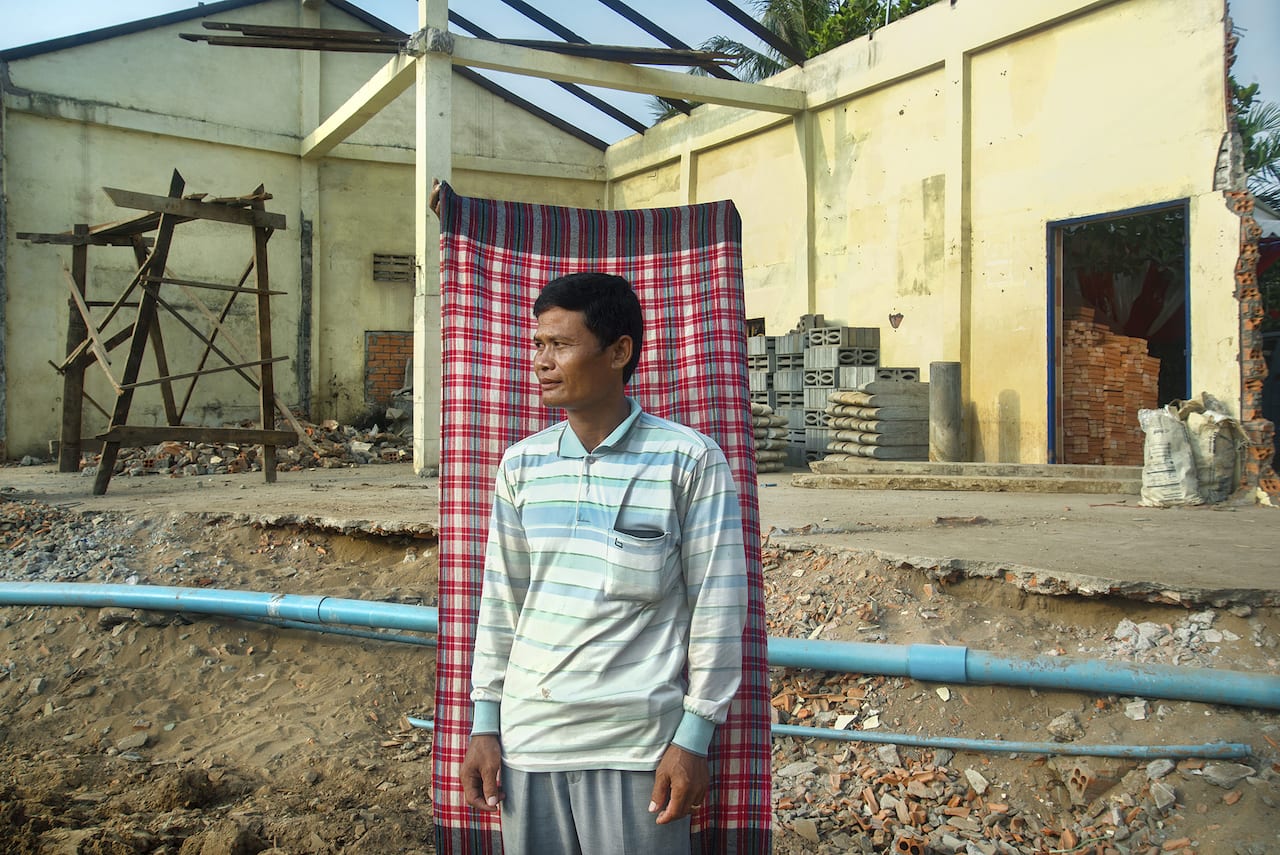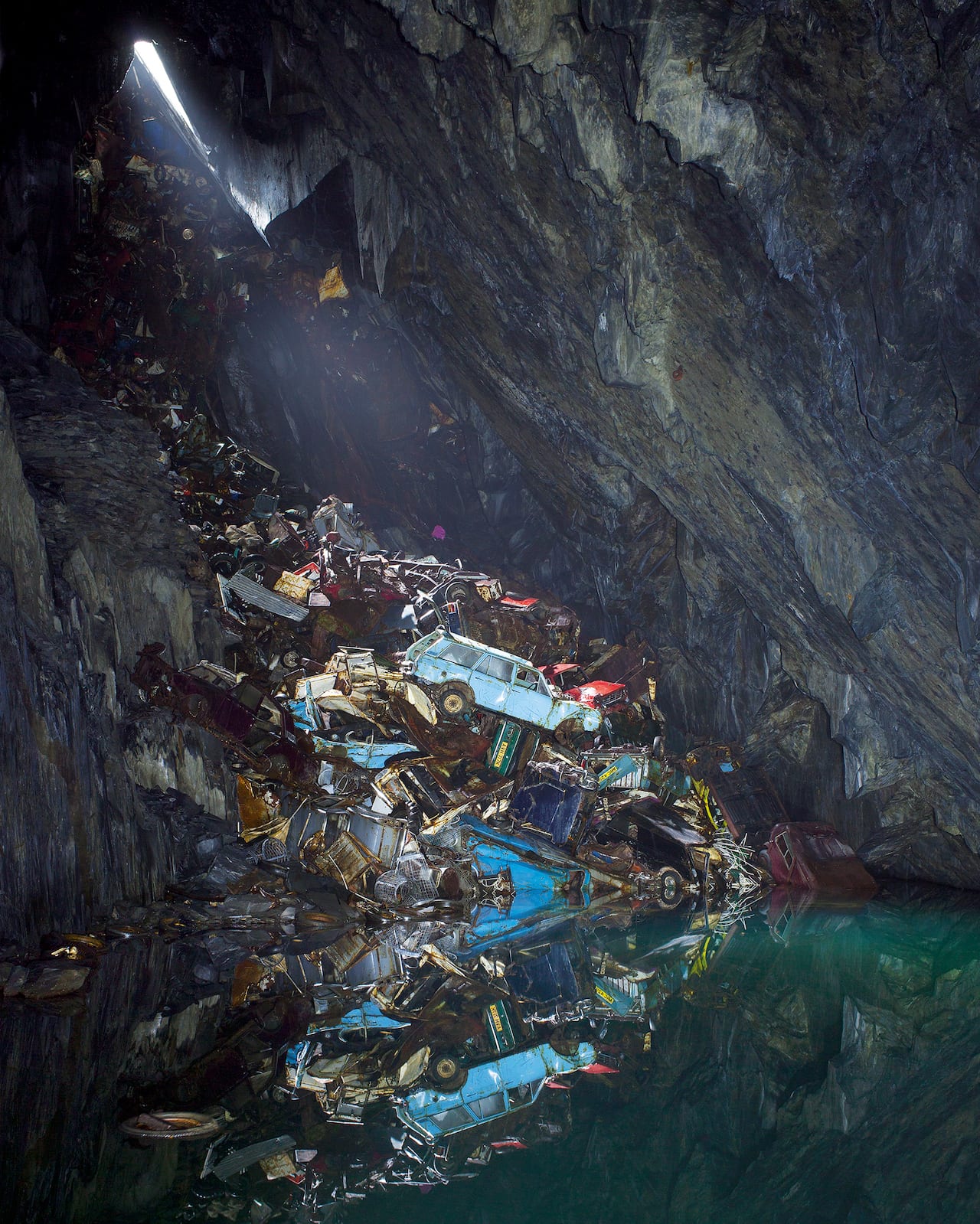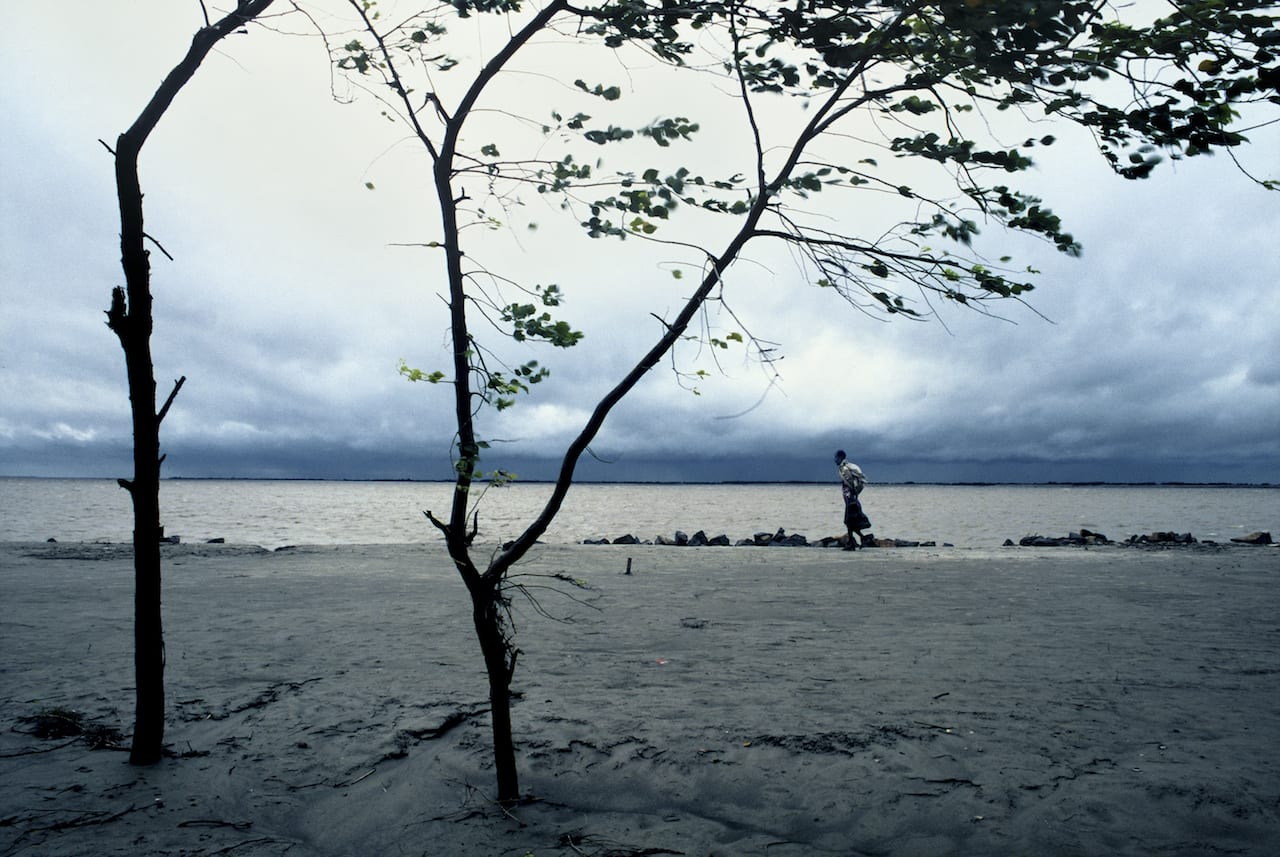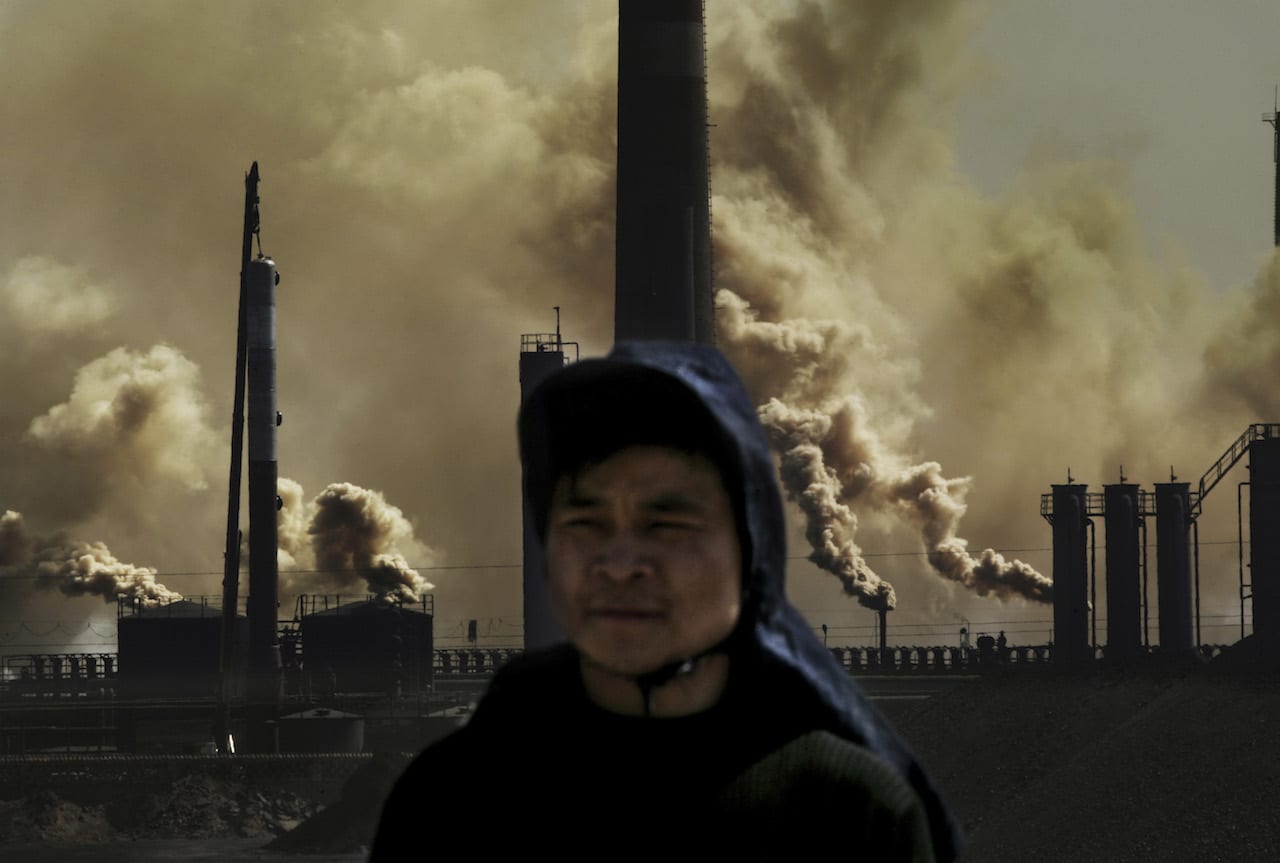“This book….does not – and this I must emphasise – document life in the GDR [German Democratic Republic]. Rather, it shows how I saw this country and the people who lived here,” writes Roger Melis in the introduction to his book In a Silent Country, now published for the first time in an English edition.
“When selecting the photographs for this volume, I placed no demands on myself, and certainly did not try to comprehensively depict working and living conditions in the GDR,” he later adds. “…they focus on the everyday, and not on the spectacular. In my photographs, I only rarely attempted to capture a decisive, unrepeatable moment. The moments I always searched for were the ones in which whatever was special, unusual or temporary about people and things had dropped away, revealing the core of their being, their essence.”

